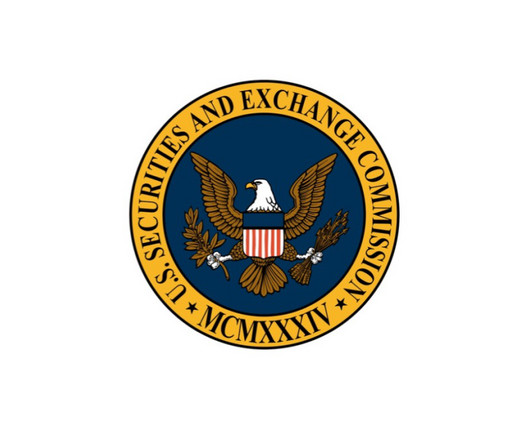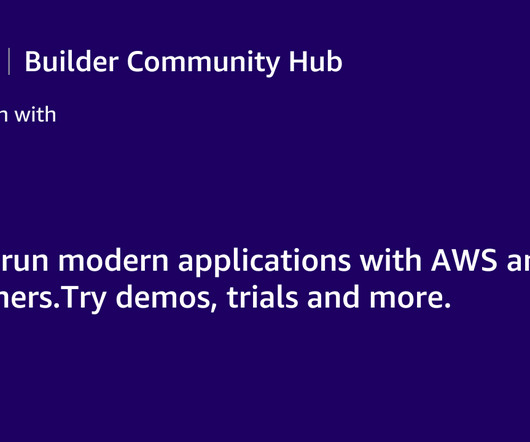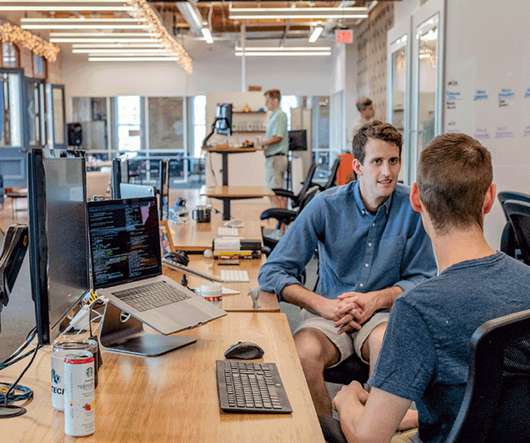Financial institutions ordered to notify customers after a breach, have an incident response plan
Malwarebytes
MAY 20, 2024
The requirement is an adoption of amendments to Regulation S-P, which was enacted in 2000 to safeguard the financial information of consumers, requiring financial institutions to tell customers about how they use their personal information. But things have changed drastically since 2000.












Let's personalize your content